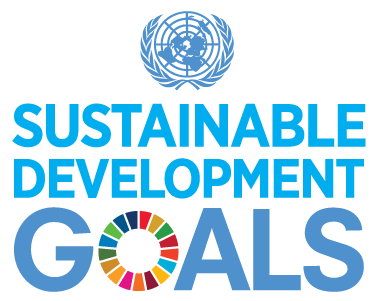On September 25, the United Nations ushered in the Sustainable Development Goals (“SDGs”), a fifteen-year plan to end poverty, inequality, and environmental degradation. Titled “Transforming our world: the 2030 Agenda for Sustainable Development,” the SDGs came into effect on January 2016 and replaced the Millennium Development Goals (“MDGs”) that expired in 2015. Notably, the SDGS form an expanded plan of action for global development with a set of seventeen goals and one hundred and sixty-nine targets, a substantial increase from the MDG’s set of eight goals and twenty targets.
To see the potential importance and impacts of SDGs, it is important to first look back at the MDGs. The reviews are generally mixed. Some believe that the MDGS were immensely successful in providing strategic direction for international actors, while others believe that the goals were immensely failed in addressing the root causes of societal issues. Although the degree of success or failure differs between commentators, researchers are starting to measure the complete impact of the MDGs after 2015.
One important metric is to see how many lives the MDGs saved. Studies show that 21–29 million extra lives were saved due to accelerated progress, measuring pre-MDG trends on child mortality, maternal mortality, HIV/AIDS, tuberculosis, and malaria then comparing that to post-MDG data. These improvements most impacted high-population developing countries: two-thirds of lives saved were in sub-Saharan Africa, and one-fifth were in China and India.
Another important metric is to see how many lives the MDGs improved. Some show great improvement. Compared to pre-MDG trends, 471 million extra people have been lifted out of extreme poverty and 111 million more people completed primary school, showing that having concrete goals and initiatives can have an impact. However, other indicators actually worsened. For food and water security, accelerated development in some developing countries was largely outweighed by slowing progress in other developing countries, showing a net decrease in lives improved.
Overall, most researchers are on the fence. The MDGs certainly impacted development in many positive ways, but many are wondering whether they could have been significantly improved through changes in international policy and program execution.
The SDGs and MDGs differed in scope and content. Some of these changes are from improvements in the field of global development, with researchers and policymakers becoming more experienced after implementing a variety of successful (and unsuccessful) programs to meet the goals. Others show an increased awareness of different global actors and interests, some of which were ignored or inadequately addressed when initially creating the MDGs, such as a more fulsome respect for urban development goals. And some reflect the interdisciplinary approach to sustainability, acknowledging that fields like biology, environmental science, and engineering help create sustainable systems in which to live.
Some actors applaud the increased number of SDGs. They note that the greater number of goals and specificity allow the SDGs to be more comprehensive. For them, they think that having more goals and targets allows international aid communities to focus their attention on previously unnoticed areas of development. With a more fulsome understanding of these areas, it is less likely that pressing needs will be left unaddressed, preventing outcomes like the net decrease in food and water security.
Other actors are more critical of the changes. There is the risk that the global funding and financial support system may fragment along disparate interests, preventing cooperation. After all, not all of the SDG targets are as globally valued and prioritized in development agendas as the previous MDGs. Certainly, not all countries want to invest in projects to, for example, address road traffic accidents or strengthen tobacco regulations. And creating sweeping initiatives to address only a handful of targets out of almost two hundred may raise less political capital than with the MDGs, acting as disincentives to global political collaboration.
The numbers are still being recorded for both the recently-completed MDGs and the recently-started SDGs. Certainly, it is not a zero-sum competition whether one approach to international development is better or worse than the other; both are striving to create positive change in the world. However, to further improve international development, actors need to look critically at the actual impacts and successes to create improved goals and systems.

